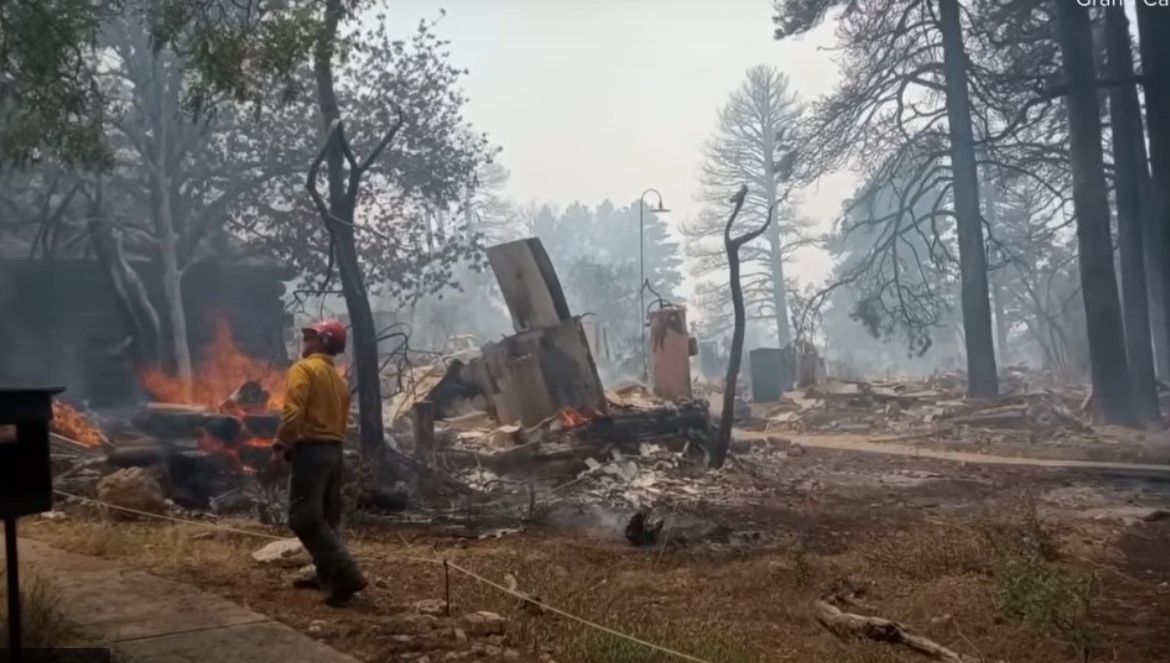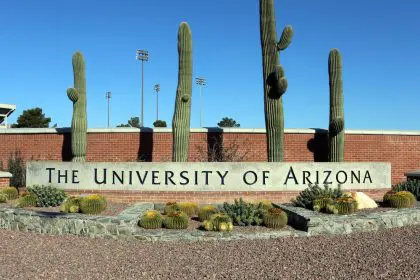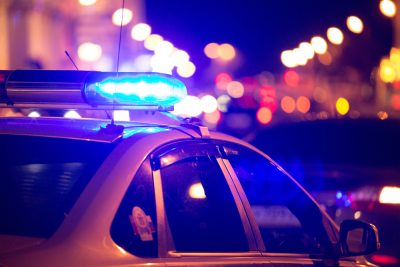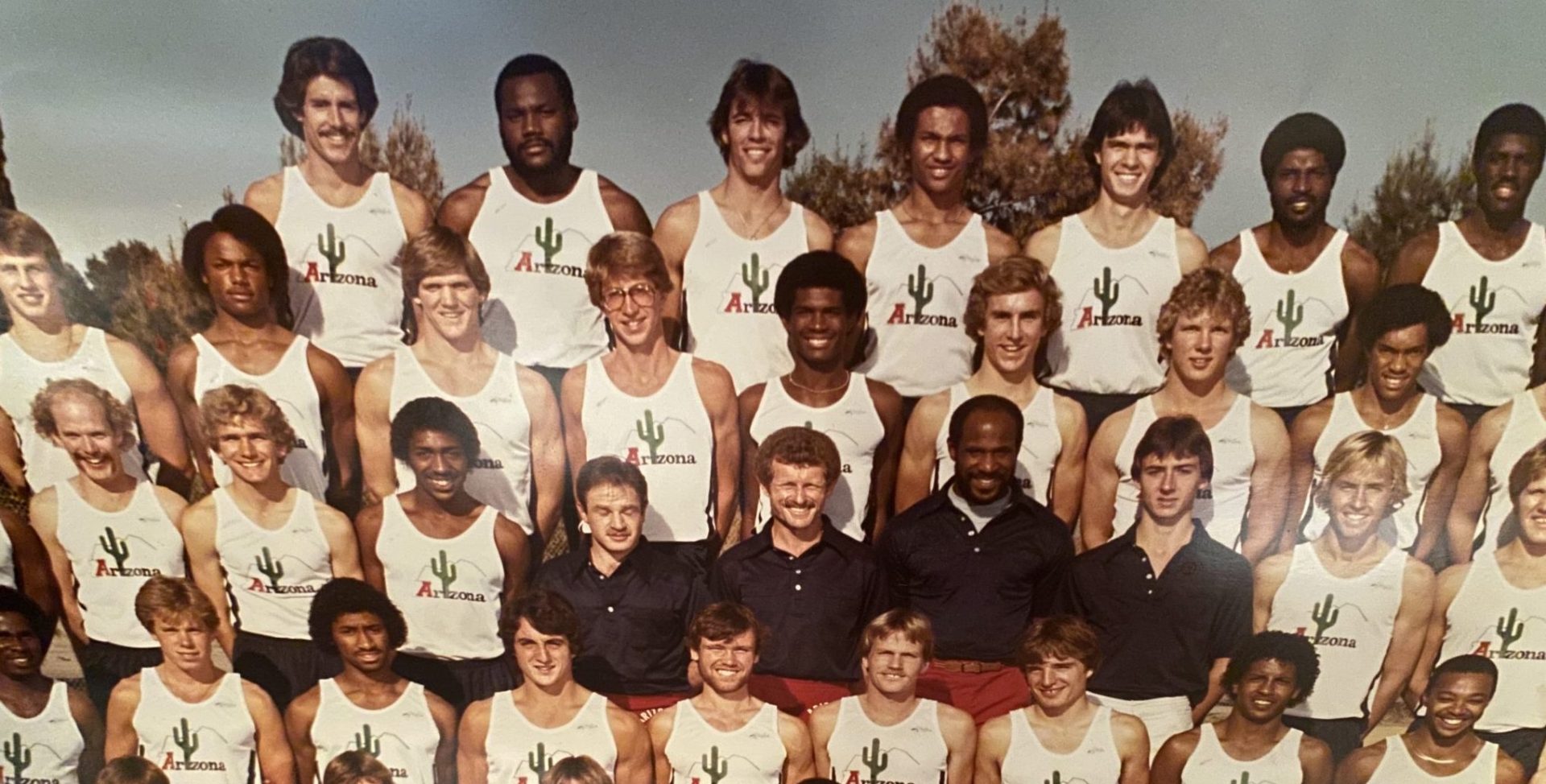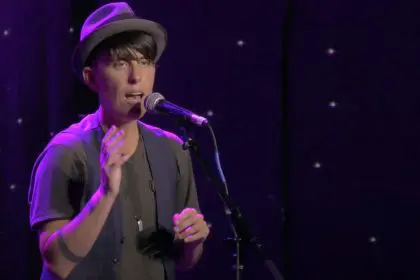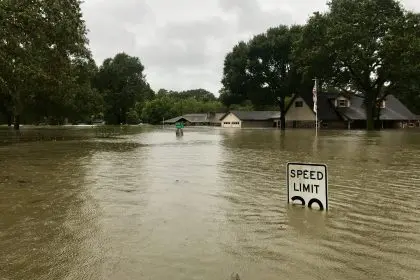The historic Grand Canyon Lodge, a cornerstone of northern Arizona tourism since 1937, has been destroyed along with numerous other structures as two major wildfires continue to rage across the region. The devastating loss has prompted Arizona Governor Katie Hobbs to demand a comprehensive investigation into federal fire management decisions that she claims contributed to the destruction.
The Dragon Bravo Fire, which began with a lightning strike on July 4 in the North Rim area of Grand Canyon National Park, has consumed over 5,000 acres and destroyed the only lodge serving the North Rim region. What has particularly angered state officials is that federal authorities chose to manage the lightning-caused fire as a controlled burn during what Hobbs described as the driest, hottest part of Arizona’s summer season.
Historic structures lost to rapid fire spread
The destruction extends far beyond the lodge itself, with numerous historic cabins and a critical water treatment facility also falling victim to the flames. The loss of the water treatment facility created additional dangers when chlorine gas was released, forcing park authorities to immediately evacuate firefighters from the North Rim and hikers from the inner canyon areas.
Fire activity intensified dramatically late Saturday as sustained winds of 20 mph, with gusts reaching 40 mph, fueled the blaze’s rapid progression. Despite significant overnight efforts by firefighters working under dangerous and rapidly changing conditions, the fire continued to spread through the park’s historic infrastructure.
Parts of Grand Canyon National Park remain closed indefinitely as crews work to contain the Dragon Bravo Fire, which has burned out of control since its inception. The closure affects one of America’s most visited national parks during peak summer tourism season.
Second wildfire compounds regional crisis
The White Sage Fire, which ignited after a July 9 thunderstorm, has grown to nearly 40,200 acres with zero percent containment, according to the U.S. Forest Service. This second blaze has crossed Highway 89A near House Rock Valley, prompting additional road closures and evacuation orders throughout the region.
Firefighters battling the White Sage Fire faced extremely dangerous conditions on their second night of operations, with very extreme fire behavior attributed to bone-dry conditions and gusty, erratic winds. The fire made a significant run on July 10, with spotting and torching behavior sustained by winds of 15 to 20 mph and extremely low fuel moisture levels.
The challenging fire behavior continued into the evening and early morning hours, hampering firefighting efforts and preventing crews from safely engaging the blaze in many areas.
Weather conditions fuel ongoing dangers
The National Weather Service has issued warnings about continued gusty and erratic winds around thunderstorms, creating ongoing risks for both active fires and potential new ignitions. An extreme heat warning remains in effect for areas of the Grand Canyon below 4,000 feet through Wednesday evening, with temperatures expected to reach 110 to 115 degrees Fahrenheit.
These weather conditions represent a perfect storm for wildfire activity, combining high temperatures, low humidity, and unpredictable wind patterns that can rapidly accelerate fire spread and make suppression efforts extremely hazardous.
Governor demands federal accountability
Governor Hobbs has called for a comprehensive and independent investigation into the Dragon Bravo Fire’s management, specifically questioning the federal decision to treat the lightning-caused fire as a controlled burn during peak fire season. Her demands reflect growing tensions between state and federal authorities over wildfire management strategies in the West.
The governor’s criticism centers on timing, arguing that allowing any fire to burn during Arizona’s driest and hottest summer conditions was fundamentally misguided. The investigation she is demanding would examine the decision-making process that led to this management approach and provide a detailed report on the factors that contributed to the devastating outcome.
Climate change amplifies wildfire risks
The destruction at Grand Canyon represents part of a broader pattern across the American West, where hot, dry, and windy weather conditions that promote wildfire spread are becoming increasingly common. Climate research indicates that these dangerous fire weather patterns are occurring more frequently across much of the United States, creating unprecedented challenges for land management agencies and firefighting personnel.
The combination of prolonged drought conditions, record-breaking temperatures, and unpredictable wind patterns has created an environment where fires can rapidly transition from manageable to catastrophic, as demonstrated by the loss of the Grand Canyon Lodge and surrounding historic structures.


